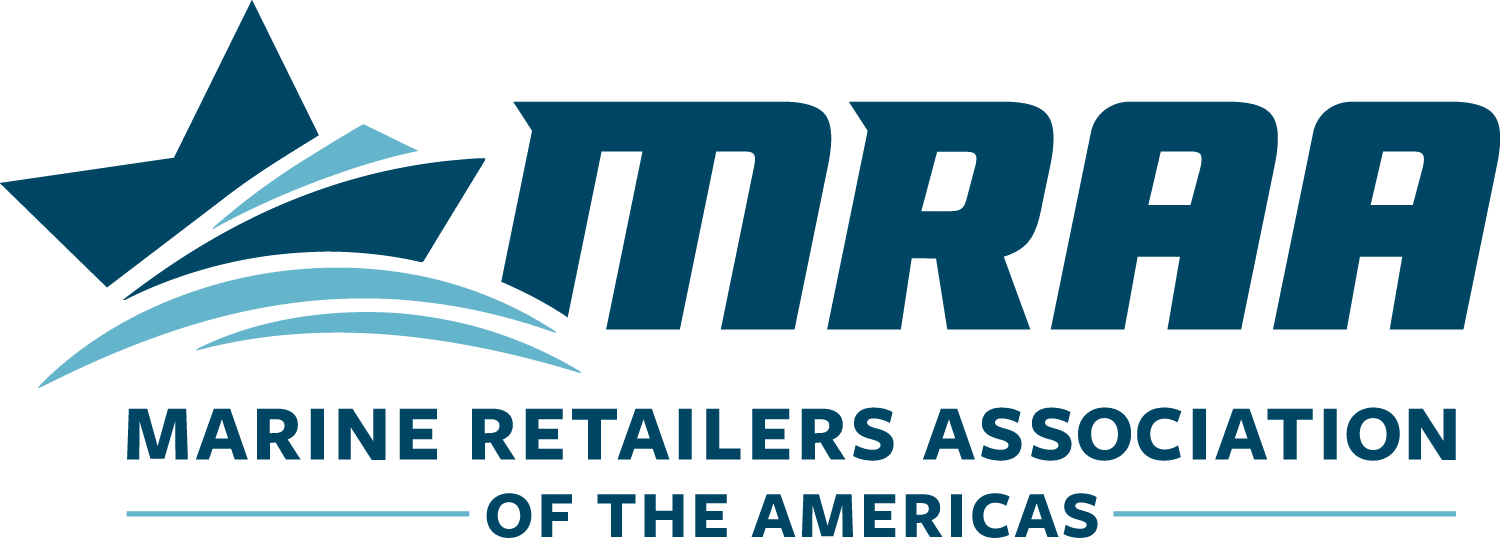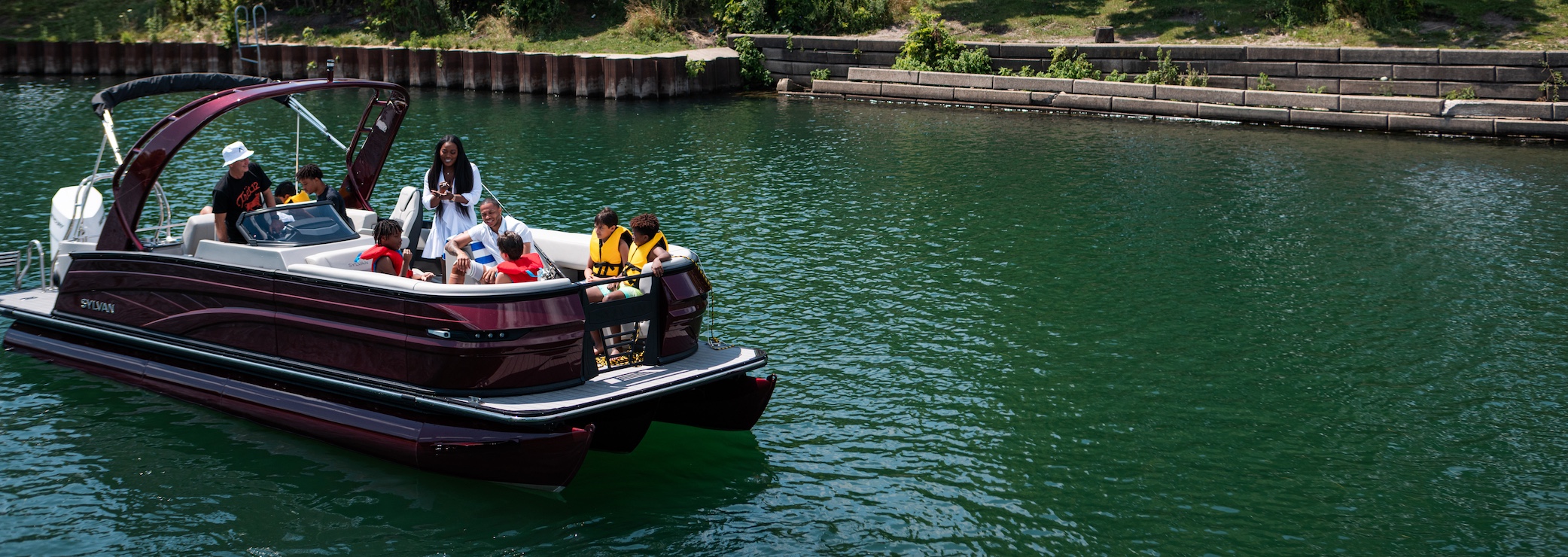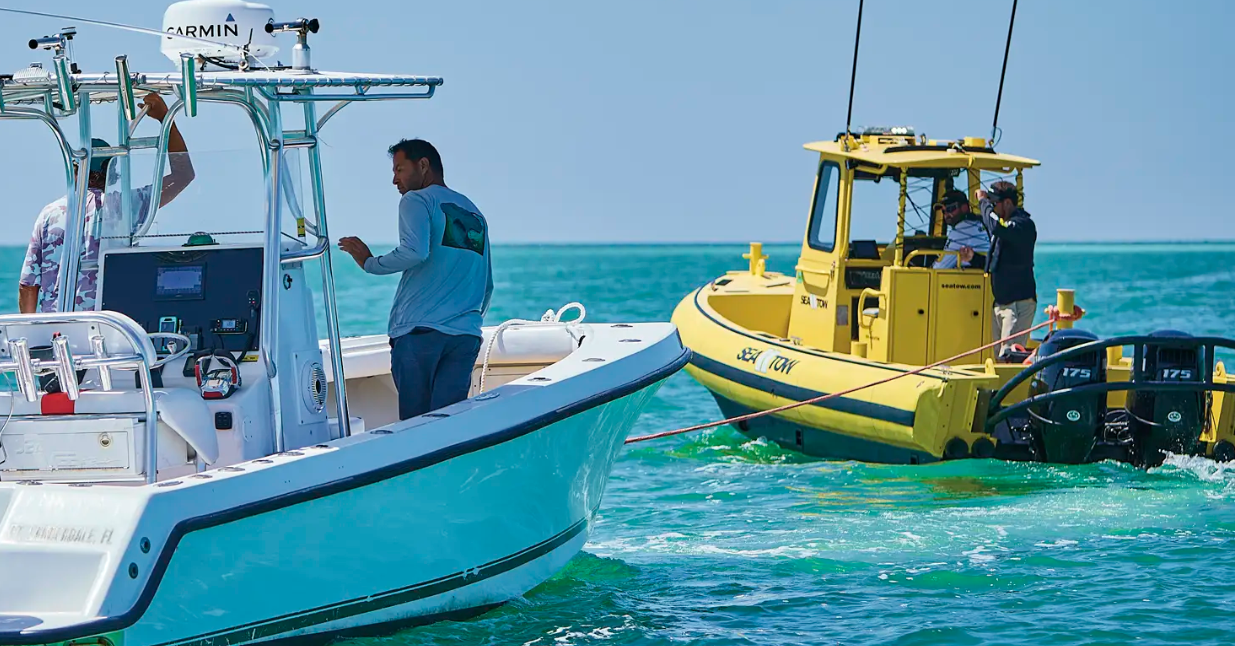By Kendall Rawls, Director of Development, The Rawls Group

In the world of owning boat dealerships, marinas or other recreational dealerships, where the tides of business are constantly shifting, succession planning is one of the most critical yet often overlooked strategies for achieving your goals. While many business owners associate succession planning solely with exit planning, estate planning or family business transition, it is a powerful tool to overcome many challenges impacting your dealership’s success.
1. Leadership Turnover
One of the most obvious issues that succession planning addresses is leadership transition. Whether you’re considering retiring, taking on a new role or simply preparing for the unexpected, having a well-defined succession plan ensures a seamless transfer of responsibilities. It allows you to groom and prepare the next generation of leaders within your dealership, ensuring business continuity.
Leadership transition is critical for the ownership position and also crucial for all key leadership positions. It’s important to clearly understand who will step into these roles when the time comes. By planning for the future, you can avoid any potential disruptions or uncertainties that may arise during the transition process.
One of the first steps in devising strategies for leadership transition is to determine your leadership team’s career goals. Having open and honest conversations with each individual will help you understand their aspirations and retirement timeline. By knowing their plans, you can better prepare for future recruitment and/or people development initiatives required in the future.
As the owner, it’s crucial for you to take time to outline your own career trajectory. Consider questions such as:
• By what number of years do you want to be out of operations?
• What will your role look like during the transition?
• What types of skills, knowledge, and experience does your successor need to possess?
You can create a roadmap for your succession plan by answering these questions.
In addition to preparing for your own transition, it’s important to identify potential successors within your dealership. Look for individuals who demonstrate leadership potential, possess the necessary skills and experience, and align with the company’s values and vision. By identifying and grooming these individuals, you can ensure a smooth and successful leadership transition at the appropriate time.
Another crucial aspect of succession planning is exploring various options for the future of your dealership, one of which may involve selling the business. In this case, it is essential to carefully consider several factors, such as identifying the right buyer who aligns with your store(s) and community. If you plan to continue living in your community after the sale, finding a compatible buyer who will take care of your neighbors and customers becomes even more critical. Failure to do so may result in feeling disconnected from your community. By including this option in your succession plan, you can proactively prepare for any conceivable outcomes.
“One core principle that stands out in succession planning for family businesses is that you can’t run a business like a family, and you can’t run a family like a business.” — Kendall Rawls
2. Family Business Dynamics
For many boat dealerships, family is the lifeblood of the operation. Whether it’s blood relatives or long-term loyal employees who are like family, the importance of maintaining a strong family dynamic cannot be overstated. This is where family governance succession strategies come into play, as they help mitigate potential conflicts and challenges among family members, ensuring a harmonious environment while running a successful dealership.
One core principle that stands out in succession planning for family businesses is that you can’t run a business like a family, and you can’t run a family like a business. Balancing the needs and dynamics of both can be a delicate task, but it’s crucial for the longevity and prosperity of the dealership. After all, no business gain is worth sacrificing the well-being and unity of a family.
To achieve this delicate balance, it’s important to establish clear boundaries and define expectations for everyone involved. This includes roles, responsibilities, performance standards and guidelines for advancement, stock ownership and perks. By setting these expectations upfront, you create a framework for growth and success while preserving the family bonds that make the dealership unique.
3. Talent Retention
Attracting and retaining top talent goes beyond simply hiring individuals; it involves identifying and nurturing talent within the organization to ensure long-term success. This is where culture comes into play – it is the secret sauce for attracting and retaining top talent. To build a strong culture, it is important to have a clearly defined mission, vision and values that all employees are held accountable for upholding. These guiding principles create a sense of purpose and direction, fostering a positive, engaging work environment. When everyone in the dealership is aligned with these core beliefs, it creates a unified team motivated to succeed.
One of the critical aspects of a well-structured succession plan is providing opportunities for growth and development. People naturally seek out opportunities to learn and advance in their careers, and by offering avenues for professional development, you not only prepare individuals for future leadership roles but also foster a culture of growth and continuous improvement. This ensures that key employees are motivated and equipped to take on more significant responsibilities, reducing the risk of talent attrition.
Without people to execute the mission, a dealership is nothing more than a physical structure and merchandise. Succession planning acknowledges the significance of investing in human capital and establishes tactics to foster, allure and retain exceptional talent. This involves identifying employees with high potential, equipping them with the necessary tools and resources for success, and establishing a well-defined path for career progression within the organization. Much of our business’s value is tied up in the quality of your team. By investing in your culture and workforce, you simultaneously enhance the value of your dealership, providing you additional options if the decision is to one day sell.
4. Market Fluctuations, Technological Advancements & Regulatory Changes
External factors, or “threats” from a strategic planning perspective, can profoundly impact a dealership’s performance and success. Economic downturns, changes in consumer preferences, technology advancements, regulatory changes and supply chain issues are just a few examples of these threats. However, by engaging in a robust succession planning process, dealers can develop strategies to navigate these challenges and ultimately thrive. Furthermore, dealers need to identify their strengths and market opportunities. By understanding what they excel at and what opportunities exist in their market, dealerships can leverage their strengths to maximize their potential for success.
Without strategic succession planning, dealers are at a disadvantage. They constantly react to external factors rather than proactively develop strategies to thrive regardless of the environment. Using a thorough succession planning process can identify potential threats and help dealers develop strategies to mitigate their impact. This proactive approach allows dealers to navigate challenges and position themselves for long-term success.
Equip Your Business to Remain Steady & Keep Sailing
In the challenging, competitive world of marine retailing, succession planning is not just about preparing for your departure — it’s a multifaceted strategy that equips your business to overcome various hurdles. By addressing leadership transition, family dynamics, talent retention, market fluctuations, technological advancements and regulatory changes, you are better prepared to steer your dealership toward a prosperous future.
Succession planning empowers you to mold the next generation of leaders, adapt to changing market conditions and remain at the forefront of technological advancements — all while maintaining strong customer relationships and complying with evolving regulations. Essentially, it’s the anchor that keeps your boat dealership steady in the face of uncertainty, ensuring that your legacy sails smoothly for years to come.
Additional Tools & MRAA Guides
The MRAA team, along with The Rawls Group and other trusted partners, have built an array of educational guides, tools and benefits to help you understand and navigate succession planning using MRAA’s Succession Planning Toolkit.

Resources include:
- Guide to Dealership Valuation
- MRAA Mini Guide: 7 Things Every Dealer Needs to Know About Succession Planning
- MRAA Guide: 11 Steps to Success and Succession (Members Only)
- MRAA Succession Planning Scorecard and Custom Report (Members Only)

About the Author
Kendall Rawls knows and understands the challenges that impact the success of a family-owned business. Her unique perspective comes not only from their educational background; but, more importantly, from her experience as a second-generation family member employee of The Rawls Group – Business Succession Planners. For more information, visit www.seekingsuccession.com or email info@rawlsgroup.com.




